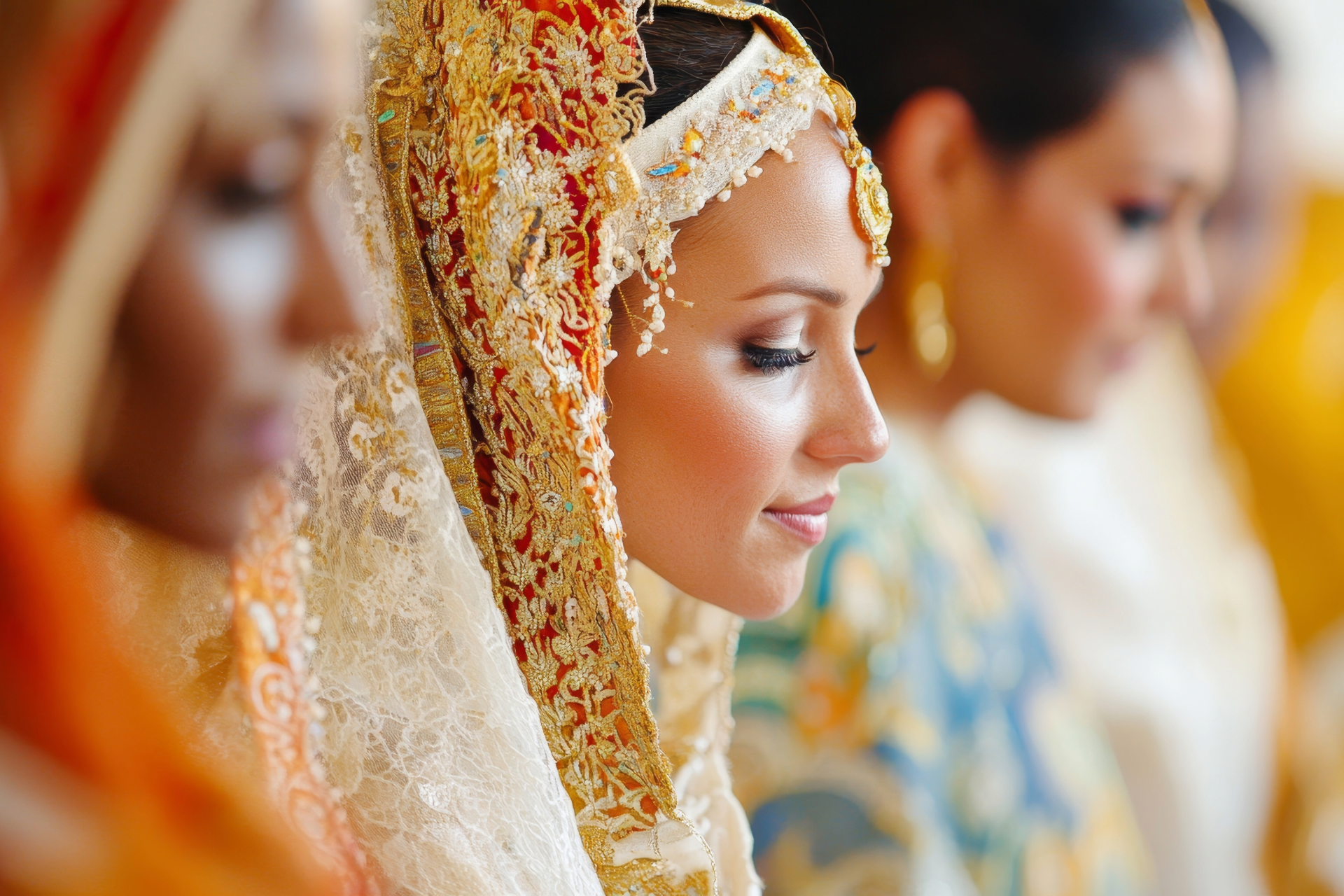Wedding Traditions: Discover the Best Global Practices
Weddings are joyous celebrations that vary in customs and traditions across different cultures around the world. From intricate henna designs to elaborate tea ceremonies, each cultural tradition adds a unique touch to the sanctity of matrimonial unions. In this guide, we will explore some captivating global wedding traditions that highlight the diversity and beauty of marital ceremonies across the globe.
Henna Ceremonies: A Symbol of Love and Protection
In many Middle Eastern and South Asian cultures, henna plays a significant role in wedding ceremonies. The application of intricate henna designs on the bride’s hands and feet is believed to symbolize love, joy, and prosperity. The deep red color of the henna is thought to ward off evil spirits and bring good luck to the newlyweds. During the henna ceremony, friends and family gather to participate in the joyful rituals, creating a sense of community and togetherness.
Tea Ceremonies: Embracing Tradition and Harmony
Tea ceremonies are an essential part of wedding traditions in countries like China, Japan, and Korea. These ceremonies symbolize respect, purity, and harmony in the union of two individuals. The bride and groom serve tea to their parents and elders as a gesture of gratitude and reverence. Through the act of pouring and receiving tea, families come together to bless the couple with good fortune and well wishes for a harmonious life ahead.
Jumping the Broom: An African-American Tradition of Unity
Originating from African cultures and brought to America during the era of slavery, jumping the broom is a symbolic ritual that represents the union of two individuals and their families. The couple jumps over a broom together, signifying their leap into a new chapter of life as a united entity. This tradition celebrates the resilience and strength of the African-American community, embodying the spirit of love and togetherness in the face of adversity.
Circling the Sacred Fire: A Hindu Tradition of Blessings
In Hindu weddings, circling the sacred fire, known as the Agni, is a sacred ritual that symbolizes purity, unity, and blessings for the couple. The bride and groom walk around the fire four times, each representing different aspects of life – dharma (duty), artha (prosperity), kama (enjoyment), and moksha (liberation). The fire is believed to purify the individuals and sanctify their union, invoking the blessings of the deities for a prosperous and harmonious marriage.
Breaking the Glass: a Jewish Tradition of Remembrance
In Jewish weddings, the breaking of a glass holds deep symbolic significance. At the end of the ceremony, the groom shatters a glass under his foot, symbolizing the fragility of life and the importance of remembrance. This act reminds the couple of the challenges and hardships that exist in the world, and the need to cherish each moment of love and happiness they share together. The breaking of the glass also serves as a call to remember the destruction of the Temple in Jerusalem, a solemn moment of reflection amidst the joyous celebration.
In conclusion, these global wedding traditions offer a glimpse into the rich tapestry of cultures and customs that shape matrimonial rituals worldwide. From henna ceremonies to tea rituals, each tradition carries its own symbolism and significance, reflecting the values and beliefs of the communities that practice them. As couples come together in love and unity, these traditions serve as a reminder of the beauty and diversity of human connections that transcend borders and boundaries.





